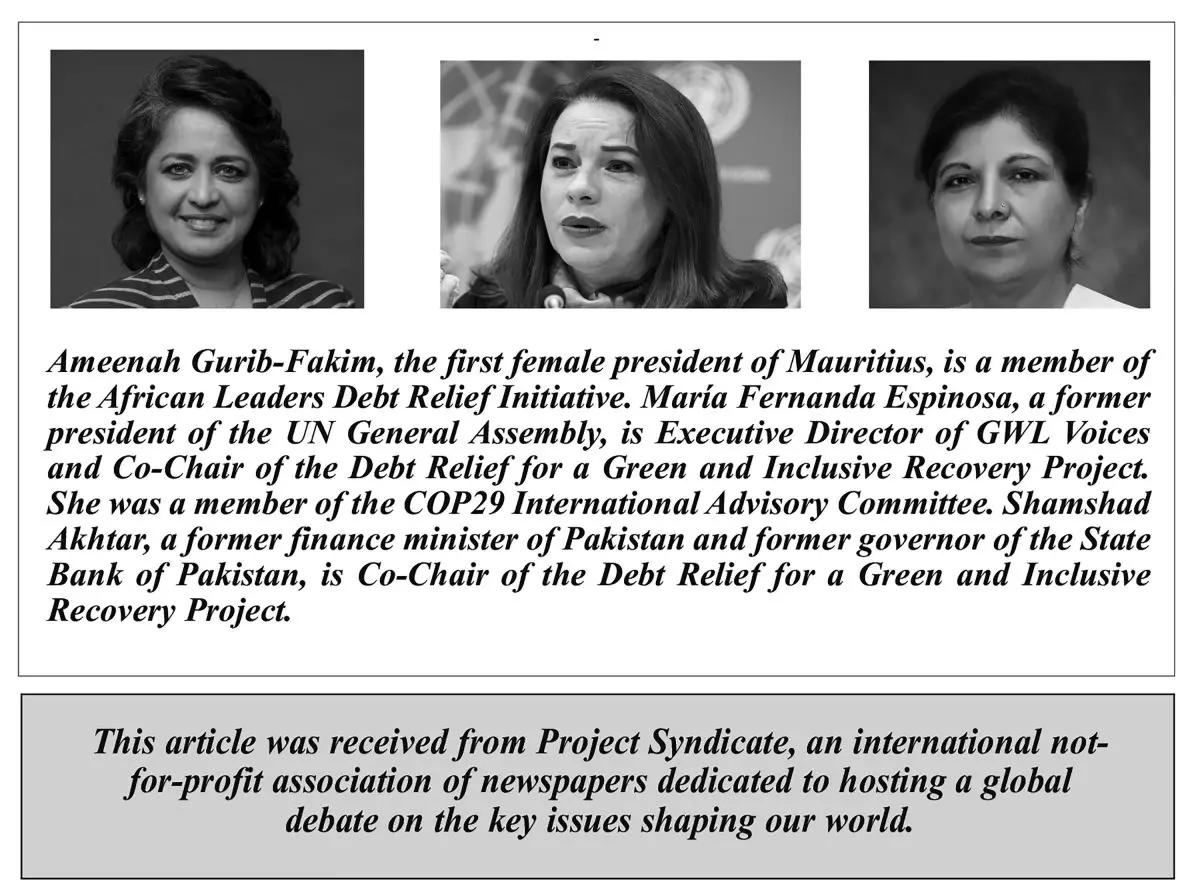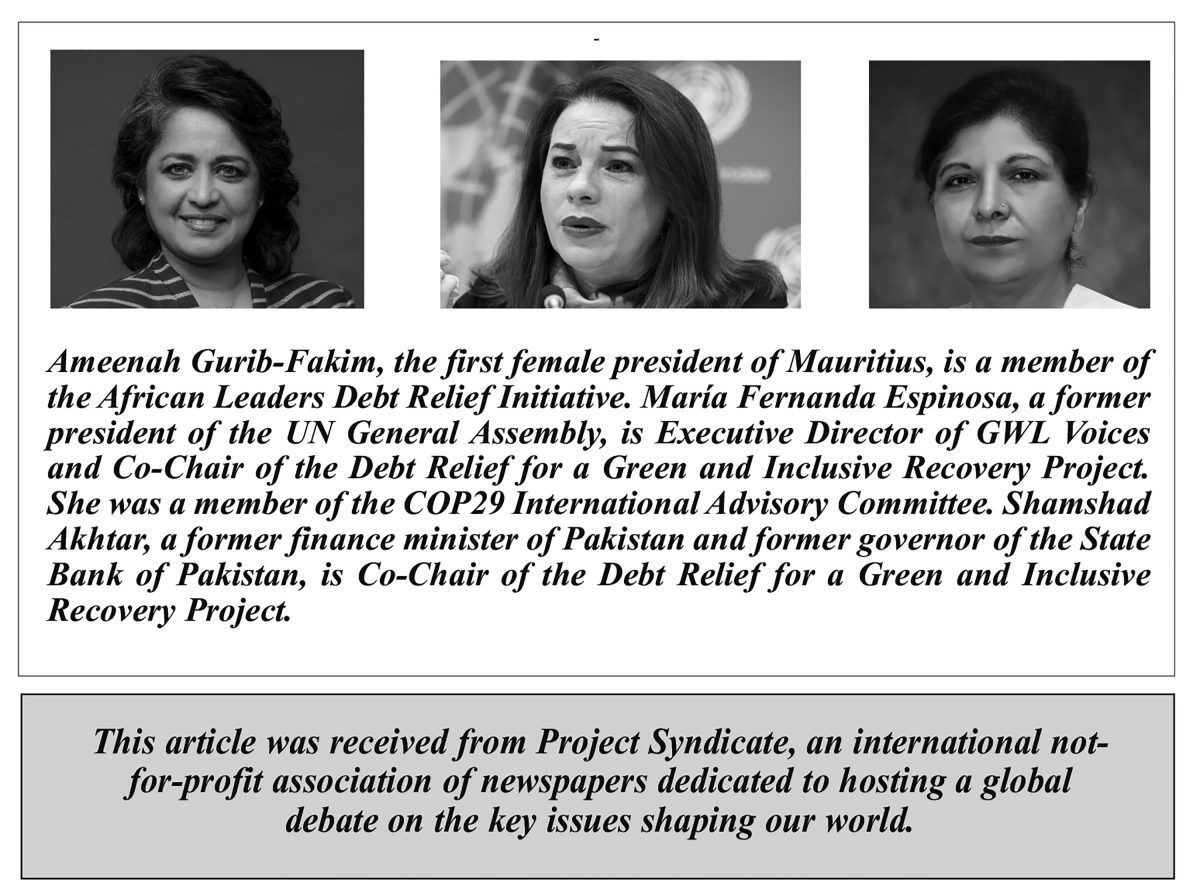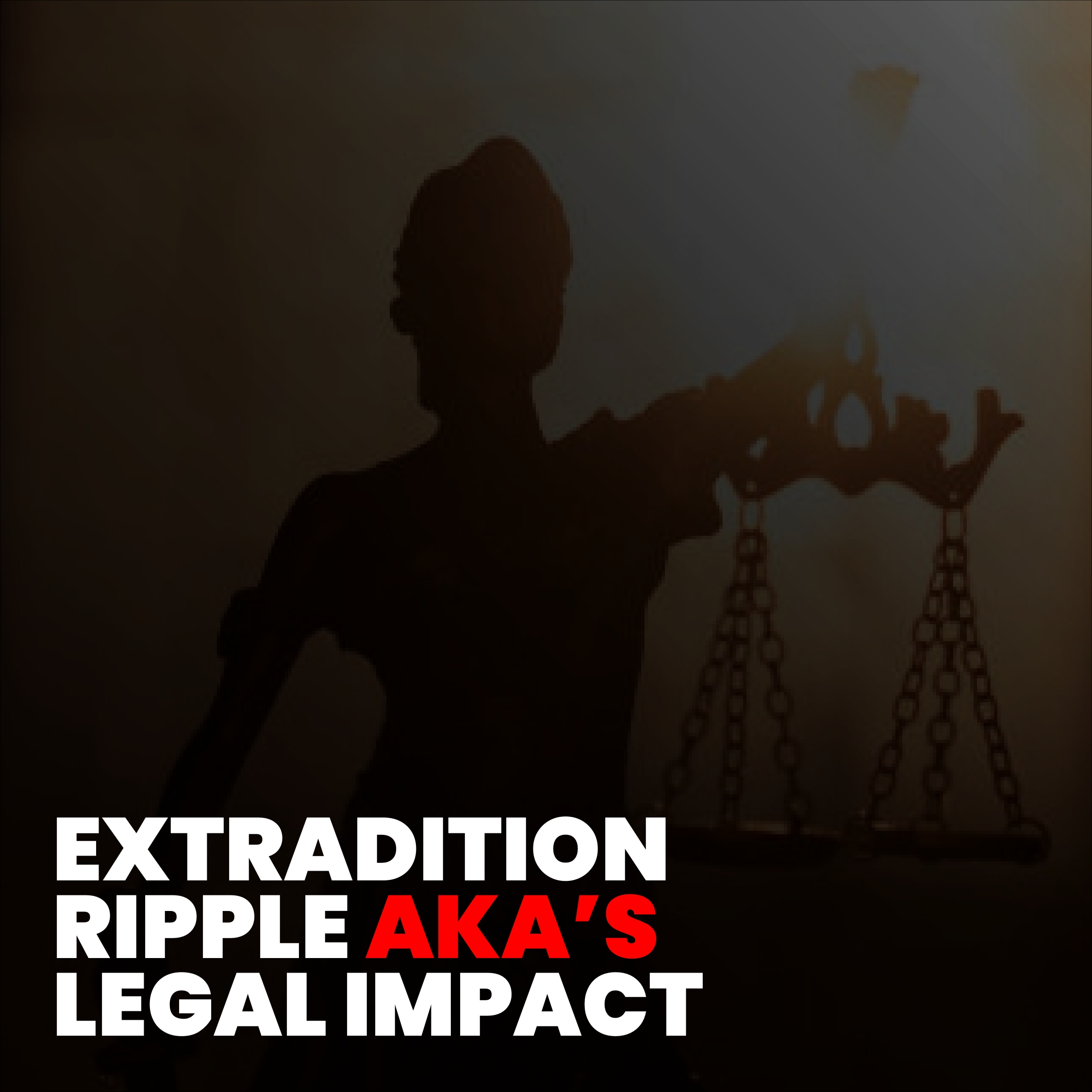Debt across the Global South has grown twice as fast as in the North, with rising borrowing costs trapping developing countries in a vicious cycle of debt distress; hence, the upcoming Fourth International Conference on Financing for Development is an ideal opportunity to begin repairing a dysfunctional financial architecture.

The post OP-ED | A Make-or-Break Moment for Global Debt Reform, By Ameenah Gurib-Fakim, María Fernanda Espinosa Et.al appeared first on African Newspage | Reporting Africa’s Development.
Unprecedented Debt Growth in the Global South
The debt crisis facing the Global South has reached historic proportions. According to recent economic analyses, borrowing by developing countries has increased at double the pace compared to wealthier Northern nations. This imbalance is not merely a financial statistic—it signals deeper structural issues in the global financial system. Countries in Latin America, Africa, and parts of Asia are particularly vulnerable, as they face rising interest rates, volatile currencies, and reduced access to affordable credit.
As these nations struggle to meet their obligations, essential public services—such as education, healthcare, and infrastructure—are being sacrificed. This mounting pressure is forcing many governments into cycles of austerity that further exacerbate poverty and social unrest. The scale and urgency of the crisis demand not just emergency measures, but a full-scale rethinking of how international debt is structured, negotiated, and resolved.
A Broken Global Financial Architecture
At the heart of the Global Debt Reform debate lies the inadequacy of current financial institutions. Mechanisms like the IMF and World Bank, originally designed to promote stability, have often failed to provide equitable solutions for heavily indebted countries. Their policies, frequently shaped by creditor nations, emphasize fiscal discipline over economic development, leading to harsh conditions that limit sovereign flexibility.
Furthermore, private creditors and bondholders often remain outside the formal restructuring frameworks, delaying recovery and prolonging uncertainty. This fragmented system disproportionately punishes countries that are already economically fragile. Reform advocates argue that a new architecture must prioritize sustainability, transparency, and fairness. Such change would involve a global consensus to establish a more inclusive debt resolution mechanism—one that takes into account not just financial metrics but also human and environmental well-being.
The Human Cost of Debt Distress
While the numbers may seem abstract, the consequences of debt distress are deeply personal for millions living in the Global South. In nations grappling with heavy debt burdens, government budgets are diverted away from essential services to meet repayment schedules. This means fewer hospitals, underfunded schools, and decaying infrastructure in communities that already struggle with poverty. For instance, in countries like Zambia and Sri Lanka, debt repayments consume more than 40% of national revenue, leaving little room for investment in social programs. The pressure to cut public spending leads to wage freezes, rising unemployment, and growing inequality.
Often, it’s women and youth who bear the brunt of these cuts—losing access to maternal care, job opportunities, and education. Beyond the immediate impact, debt distress can also erode public trust in democratic institutions. Citizens begin to perceive their governments as beholden to foreign lenders rather than accountable to their own people. This dynamic fuels political instability and opens the door for populist or authoritarian responses. Any meaningful discussion of Global Debt Reform must therefore center not just on financial restructuring, but also on the real lives affected by economic policy.
Global Debt Reform: Climate Vulnerability and the Debt Trap
One of the most alarming intersections in today’s economic landscape is between debt and climate vulnerability. Many of the countries facing the worst debt burdens are also among the most exposed to climate change. Cyclones, floods, droughts, and rising sea levels destroy infrastructure, displace populations, and devastate agriculture—all while adding financial strain. As governments respond to climate emergencies, they are forced to borrow more, often on unfavorable terms, just to rebuild.
This creates a vicious cycle: the more they borrow, the less resilient they become. The current financial system offers few tools to break this cycle. There are growing calls for debt-for-climate swaps, where portions of debt are forgiven in exchange for investments in climate resilience. However, such mechanisms remain rare and difficult to negotiate under existing frameworks. A reformed financial architecture must integrate climate risk into debt assessments and offer flexible options for countries affected by environmental disasters. By aligning Global Debt Reform with climate justice, the international community can tackle two crises at once.
The Role of Private Creditors in Prolonging Crises
Private creditors, including hedge funds and investment firms, play an increasingly dominant role in sovereign lending—but without being bound by the rules that govern official lenders. When a country seeks debt relief, private bondholders often refuse to participate, demanding full repayment instead. This refusal can stall the entire restructuring process, as seen in the cases of Argentina and Ghana. Because legal systems in creditor nations often protect these investors, debtor countries have little leverage.
This imbalance leads to drawn-out negotiations, defaults, or reliance on stop-gap IMF loans that come with strings attached. Experts argue that meaningful Global Debt Reform must include legally binding frameworks that ensure private creditors share the burden of restructuring. One proposed solution is the creation of collective action clauses in bond agreements, which allow a supermajority of creditors to enforce a restructuring deal on all parties. Without such provisions, financial relief remains elusive for many nations, no matter how dire their economic situation. Addressing the role of private creditors is essential to create a fairer, faster, and more transparent debt resolution system.
Global Debt Reform: International Conferences as Catalysts for Change
Global forums, such as the upcoming Fourth International Conference on Financing for Development, offer a critical platform to address the deep-rooted flaws in the global financial system. These conferences bring together governments, multilateral organizations, private creditors, and civil society to discuss innovative solutions for debt sustainability. Past gatherings have led to agreements on debt transparency and greater coordination among creditors, but challenges remain in implementation. Advocates stress that success at these events is pivotal for meaningful Global Debt Reform.
The conference provides an opportunity to push for reforms like the establishment of a permanent sovereign debt restructuring mechanism and enhanced debt data sharing. Such steps would help reduce uncertainty and provide clearer pathways for indebted countries to regain financial stability. For readers interested in how international efforts shape local economies, our recent analysis on International Financial Summits’ Impact on Mauritius offers valuable insights.
Global Debt Reform: Debt Relief Initiatives and Their Limitations
Various debt relief programs, such as the Heavily Indebted Poor Countries (HIPC) Initiative and the Debt Service Suspension Initiative (DSSI), have provided temporary respite to some developing countries. However, these measures have often been criticized for their narrow eligibility criteria and insufficient scope. Many middle-income countries that face severe debt distress do not qualify, leaving a significant gap in global financial assistance.
Moreover, relief is usually conditional on economic reforms that may limit government spending and affect vulnerable populations. The Global Debt Reform agenda calls for more inclusive and flexible debt relief approaches that consider a country’s unique economic and social circumstances. To understand the nuances of such initiatives, you may refer to the detailed report by the World Bank on Debt Relief and Sustainable Development.
The Path Forward: Collaborative and Transparent Solutions
Moving forward, the international community must embrace collaboration and transparency to resolve the debt crisis effectively. Establishing an independent sovereign debt restructuring mechanism with clear rules and timelines could prevent protracted negotiations that harm debtor nations. Increased transparency around debt contracts would also empower citizens and policymakers in borrowing countries to make informed decisions and hold lenders accountable. A coalition of creditor nations, private investors, and international institutions committed to fairness and sustainability is essential to restore confidence in the global financial system.
For those interested in how transparency initiatives are reshaping global finance, our in-depth coverage on Financial Transparency Efforts in Emerging Markets provides an excellent resource. By prioritizing equity and cooperation, Global Debt Reform can become a catalyst for inclusive growth and stability.
Engaging Civil Society and Local Stakeholders
A truly effective Global Debt Reform process must incorporate the voices of civil society and affected communities. Local stakeholders often bear the consequences of debt policies but have limited influence on decision-making. Involving NGOs, grassroots organizations, and citizens in debt discussions increases accountability and helps ensure that reforms address real social and economic needs. Participatory approaches can also foster trust in government institutions and reduce social tensions. For example, recent community dialogues in several African countries have led to innovative debt management strategies that balance fiscal responsibility with social protection. Our article on Community Engagement in Economic Policy highlights successful models that could be adapted elsewhere.
Global Debt Reform: Strengthening Regional Cooperation for Debt Management
Regional organizations and economic blocs have a critical role to play in coordinating debt management and reform efforts. By pooling resources and expertise, regional bodies can provide technical assistance, facilitate negotiations with creditors, and develop common standards for borrowing and transparency. The African Union, for instance, has taken steps toward creating a Continental Debt Management Framework aimed at supporting member states. Strengthened regional cooperation can reduce dependence on external actors and promote sustainable debt practices aligned with regional development goals. Readers can explore our feature on Regional Economic Cooperation and Its Impact on Debt Stability for more details.
Conclusion: A Make-or-Break Moment for Global Debt Reform
The current debt challenges in the Global South present a defining moment for the international financial system. Without swift and comprehensive reform, vulnerable nations risk falling deeper into economic crisis, undermining decades of development progress and social stability. However, this moment also offers an unprecedented opportunity to reshape global finance in a way that promotes equity, sustainability, and shared prosperity.
By embracing collaborative solutions, enhancing transparency, and centering human and environmental well-being, the global community can turn the tide on debt distress. The success of upcoming international conferences, innovative debt relief initiatives, and strengthened regional cooperation will be crucial. For Mauritius and other developing countries, effective Global Debt Reform is not just a financial imperative—it is a lifeline for a more resilient and inclusive future.

Image: Global Debt Reform efforts discussed during international conferences.
Original Source
This article is based on the original op-ed published by African News Page, titled: “A Make-or-Break Moment for Global Debt Reform”, authored by Ameenah Gurib-Fakim, María Fernanda Espinosa, and others.
Original excerpt:
“Debt across the Global South has grown twice as fast as in the North, with rising borrowing costs trapping developing countries in a vicious cycle of debt distress; hence, the upcoming Fourth International Conference on Financing for Development is an ideal opportunity to begin repairing a dysfunctional financial architecture.”




